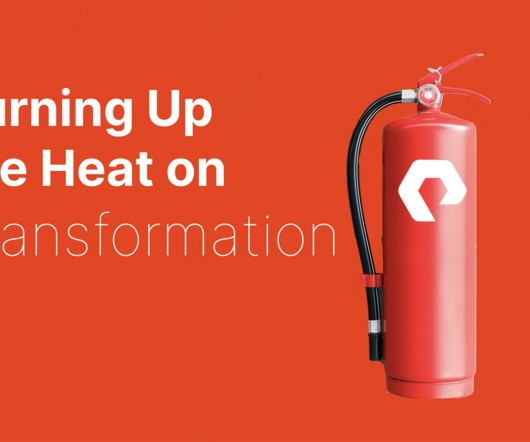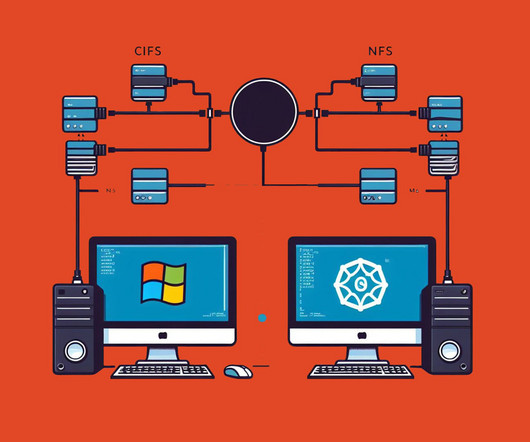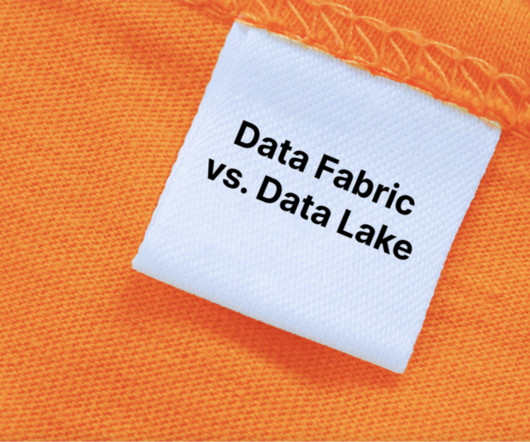On Premises vs. Cloud: A Brief Primer on Hosting
Pure Storage
SEPTEMBER 6, 2023
Cloud hosting means placing compute resources—such as storage, applications, processing, and virtualization—in multi-tenancy third-party data centers that are accessed through the public internet. Connectivity might be through a private network locally, as well as through the public internet for dispersed users.





















Let's personalize your content